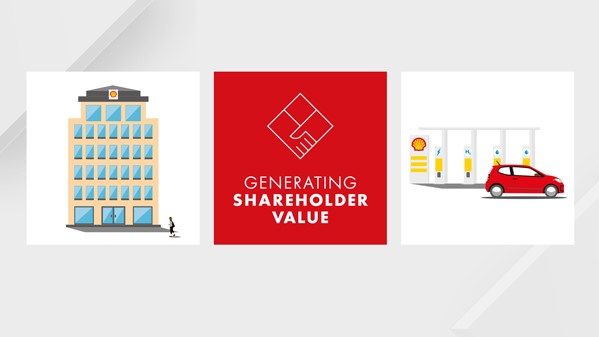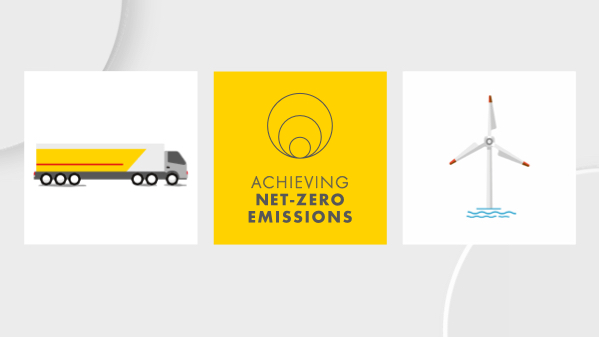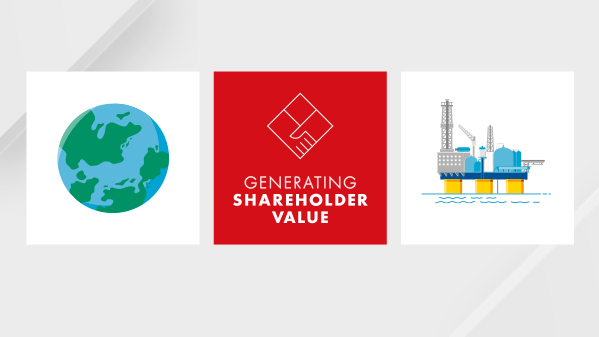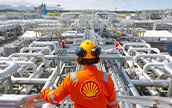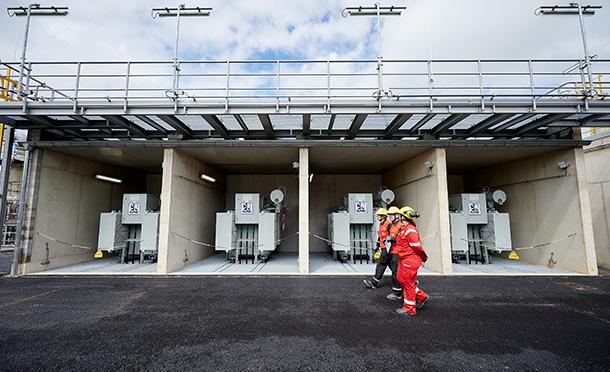Net carbon intensity
We are working with our customers to provide the energy they need today, and to accelerate the energy transition. This means changing our portfolio of products as we provide low- and zero-carbon energy products and services such as biofuels, hydrogen and renewable electricity.
If our customers are not able to use these products, we will help them to store and offset remaining emissions through carbon capture and storage and by providing high-quality, nature-based solutions. By 2050, we will no longer serve customers who have unmitigated carbon emissions.
To achieve net zero, we must reduce emissions from our operations, our Scope 1 and 2 emissions, to zero. We must also cut emissions from the use of energy products sold by Shell (Scope 3), by reducing sales of oil and gas products and growing sales of low- and zero-carbon products and services.
We use net carbon intensity [A] to show our progress, which measures emissions associated with each unit of energy we sell. Crucially, it reflects both a reduction in sales of oil and gas products, and growth in sales of low- and zero-carbon products and services.
Reducing net carbon intensity encourages us to work with our customers in sectors such as aviation and shipping to decarbonise their use of energy, while still providing the oil and gas they need today. And, as an intensity metric, it measures the true transformation that is happening in the company as we implement our energy transition strategy.
Other metrics, such as a simple total carbon emissions metric, would reflect how our sales of oil and gas products are shrinking, but would not provide information on how we are changing our mix of products.
We believe that our total absolute emissions peaked in 2018 at 1.7 gigatonnes, and our total absolute emissions were 1.4 gigatonnes in 2021. We are working to reduce them to net zero by 2050. This is the same as a 100% reduction in net carbon intensity.
[A] We measure net carbon intensity using our Net Carbon Footprint methodology.
Aligned with Paris
We believe our targets are aligned with the more ambitious goal of the Paris Agreement: to limit the increase in the global average temperature to 1.5°C above pre-industrial levels. There is no standard methodology to determine how to align companies’ plans and targets with the goal of the Paris Agreement.
We studied a subset of IPCC scenarios that achieve that goal and were focused on earlier action and placed less reliance on the use of carbon sinks. From this subset, we calculated the range of carbon intensity pathways over time. We set our targets to fall within these pathways.
Our calculations show that the net carbon intensity of the energy mix will need to fall by around 15-35% by 2030. Shell has set a target to reduce the net carbon intensity of the energy products we sell by 20% by 2030.

